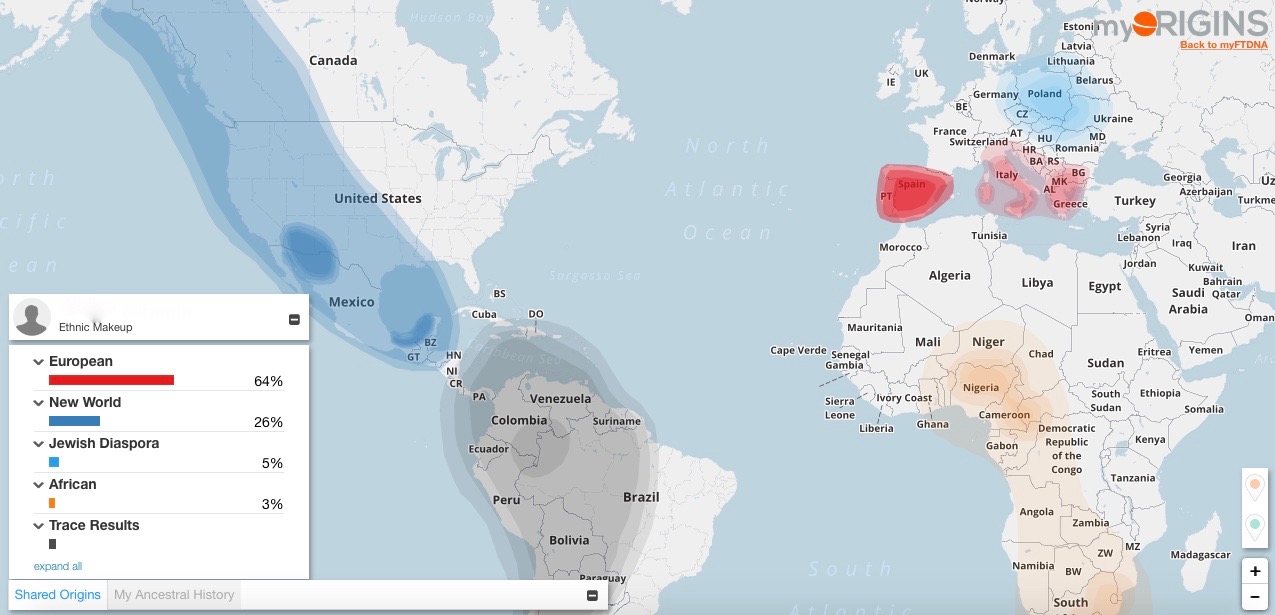 It seems fitting this St. Patrick’s day to offer a brief post on our connection to Ireland. Recent research links the Greene family to an Irish immigrant named David O’Killia (also spelled O’Kelley, O’Killey, Okilley, Ogillior and O’Killea in New England historical records). David is a seventh great-grandfather to my grandfather, Shirley (see chart below). He also is among the earliest Irish immigrants to New England, probably arriving sometime during the early 1650s, and likely a progenitor of the O’Kelly or Kelly surname in New England. Some sources allege he came from the northwestern part of Ireland, near Galway, although documentary evidence of this currently is lacking. This timeframe coincides with the efforts of Oliver Cromwell to conquer Ireland (1649-53) during the Wars of the Three Kingdoms.
It seems fitting this St. Patrick’s day to offer a brief post on our connection to Ireland. Recent research links the Greene family to an Irish immigrant named David O’Killia (also spelled O’Kelley, O’Killey, Okilley, Ogillior and O’Killea in New England historical records). David is a seventh great-grandfather to my grandfather, Shirley (see chart below). He also is among the earliest Irish immigrants to New England, probably arriving sometime during the early 1650s, and likely a progenitor of the O’Kelly or Kelly surname in New England. Some sources allege he came from the northwestern part of Ireland, near Galway, although documentary evidence of this currently is lacking. This timeframe coincides with the efforts of Oliver Cromwell to conquer Ireland (1649-53) during the Wars of the Three Kingdoms.
(Click below to view the larger image)
Records show David was an indentured servant to John Darby of Yarmouth, Massachusetts. The servitude seems likely to have been in exchange for the boat passage across the Atlantic to New England. It may be David was attempting to flee the conflicts related to England’s latest attempt to subjugate Ireland, or perhaps he was simply looking for new opportunities. David next is recorded in Plymouth County, Massachusetts on 4 October 1655 as David O’Gillior (clerk’s spelling at the time) “the Irishman” servant to Edward Sturges. His period of indentureship probably expired in 1657 when he is recorded as having taken an oath of fidelity and admitted as an inhabitant of Yarmouth with the right to vote in town affairs. The record again refers to him as David O’Kelly, “the Irishman.”
While the date is uncertain, David eventually married in Yarmouth to Jane Powell, who had been a servant/maid of William Swift, a well-to-do Quaker living in Sandwich, Massachusetts. In several references, Jane is noted as being Welsh, but there is no documented evidence of her place of birth. David paid for her freedom and purchased approximately 100 acres of land near Kelley’s Bay (see image below) on an estuary of the Bass River. The bay is named for David and located in the Mayfair section of Dennis, Massachusetts. David and his family lived at this location for some 40 years, likely engaging in farming and fishing, as would have been customary at the time.
In 1676, David was taxed two pounds, six shillings, and five pence for his share in defraying the costs of King Phillip’s War. The conflict, which lasted nearly three years, pitted a group of Native American tribes of New England against the English colonists and their indigenous allies for what the former group saw as repeated encroachments of their historical lands and violations of prior treaties.
In 1679, David appears on a list of townsmen of Yarmouth, Massachusetts. David and Jane had five sons (Joseph, John, Jeremiah, David Jr., and Benjamin) and two daughters (Sarah and Elizabeth). His will was dated 10 Feb 1696 and probated 19 July 1697, the legatees of which were his wife, his sons, and his daughters. He and Jane are thought to be buried in a Quaker cemetery on David’s original plot of land in present-day Dennis, Massachusetts.






 The November 2019 update to the site is the creation of the
The November 2019 update to the site is the creation of the 





